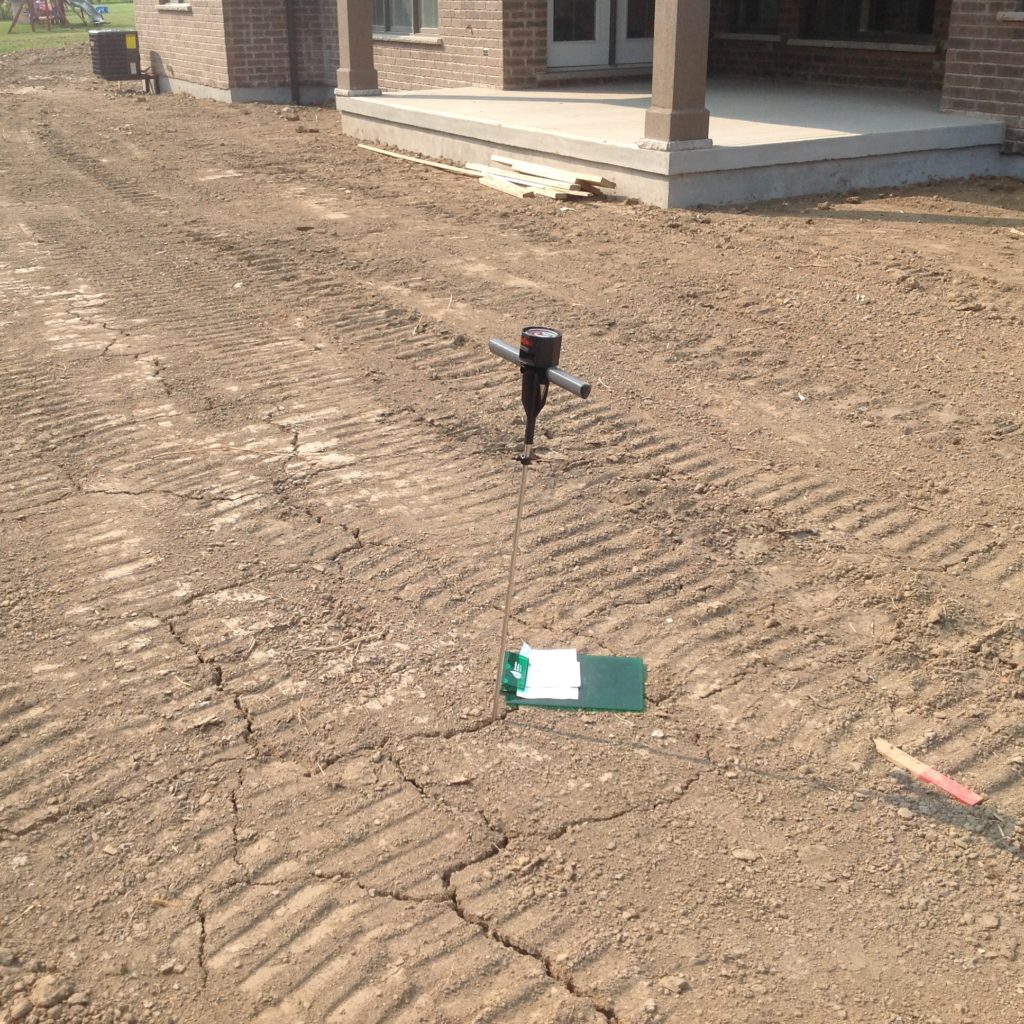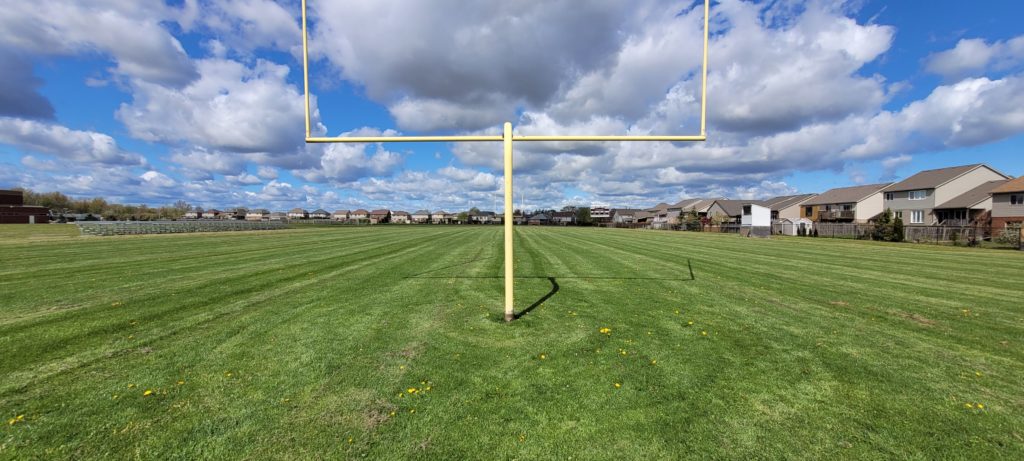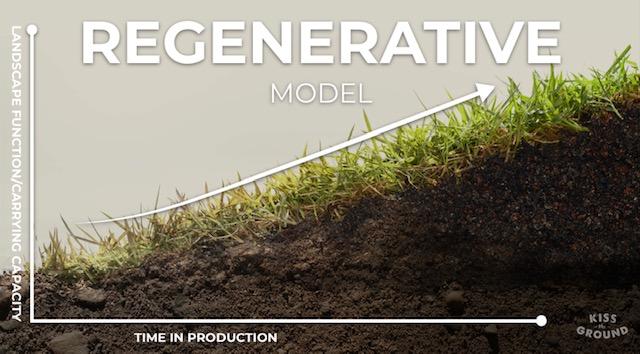Abstract: In the face of mounting climate challenges, there is a growing recognition that the root causes extend far beyond traditional agricultural practices. This article explores the multifaceted nature of human intervention in natural processes, from industrialization to intensive agriculture, mining, forestry, and urban development, and their collective impact on Earth’s regenerative capacity. Through a reframing of climate change as a symptom of this broader imbalance, we invite readers to reflect on their own role in shaping the planet’s future. Embracing regenerative practices emerges as a crucial solution to mitigate climate disruption, offering a pathway towards restoring Earth’s balance and resilience.

Introduction: As discussions around climate change intensify, it becomes increasingly clear that the phenomenon cannot be attributed solely to agricultural practices. Instead, it is a manifestation of humanity’s relentless pursuit of progress, which has left a trail of disruptions in its wake. From the industrial revolution to contemporary urbanization, each era has contributed to the degradation of Earth’s natural systems, setting the stage for the climate challenges we face today. Amidst this discourse, the importance of regenerative practices emerges as a beacon of hope, offering a transformative approach to addressing the underlying causes of climate disruption.
Reframing Climate Disruption: At the core of our understanding lies a fundamental reframing of climate change as a symptom of Earth’s regenerative imbalance. While much attention has been focused on the role of CO2 emissions in driving climate change, it’s essential to recognize that this is just one aspect of a much broader issue. Rather than viewing it in isolation, we recognize it as a consequence of centuries of human intervention in natural processes. This includes not only intensive agriculture but also industrialization, mining, deforestation, and urban sprawl—all of which have altered the planet’s delicate equilibrium and exacerbated climate-related challenges.
Exploring Disturbances: From the extraction of natural resources to the transformation of landscapes for urban development, human activities have introduced a myriad of disturbances into Earth’s ecosystems. (While CO2 emissions are an outcome they are just one piece of the puzzle.) These disturbances disrupt soil health, compromise biodiversity, and undermine the Earth’s ability to regenerate, hindering its natural capacity to sustain life and maintain balance. The cumulative impact of these disturbances has set in motion a cascade of environmental consequences, including climate disruption and ecological collapse.
Stangl’s Enviro Lawn Care: Pioneering Regenerative Solutions: At Stangl’s Enviro Lawn Care, we are committed to pioneering regenerative practices that not only enhance the health and vitality of lawns but also contribute to the restoration of Earth’s balance. With a deep understanding of soil biology and ecology, we have developed innovative approaches to lawn care that prioritize soil health and biodiversity.
Through our regenerative lawn care processes, we focus on nurturing living soil, transforming dirt into thriving ecosystems teeming with microbial life. By implementing techniques such as compost extract applications, organic fertilization, and aerating, we create optimal conditions for soil regeneration and plant growth.

One of the most significant benefits of our regenerative lawn care practices is their ability to sequester carbon from the atmosphere and store it in the soil. To date, Stangl’s Enviro Lawn Care has successfully stored over 100 tons of carbon on the lawns and sport fields we maintain. This not only helps mitigate climate disruption by reducing atmospheric carbon levels but also fosters healthier, more resilient ecosystems.
By choosing Stangl’s Enviro Lawn Care, clients not only enjoy lush, green lawns but also contribute to positive environmental change. Our regenerative approach to lawn care aligns with our vision of creating a more sustainable future where humans and nature coexist harmoniously. Join us in our mission to restore Earth’s balance and foster resilience within natural systems.
Charting a Path Forward: In light of these challenges, there is an urgent need to reevaluate our approach to land management, resource extraction, and urban planning. By embracing regenerative practices that promote soil health, biodiversity, and ecosystem resilience, we can begin to restore Earth’s balance and mitigate the impacts of climate disruption. Together, we must work towards a future where humans and nature coexist in harmony, fostering resilience and sustainability for generations to come.
Conclusion: As we confront the realities of climate disruption, let us acknowledge the broader context in which it arises. By recognizing the interconnectedness of human activities and Earth’s regenerative capacity, we can begin to address the root causes of climate challenges and chart a course towards a more regenerative future. This entails not only mitigating the negative impacts of human actions but also actively restoring ecosystems and fostering resilience within natural systems. Embracing regenerative practices emerges as a transformative strategy, offering concrete steps for individuals and communities to take action and contribute to a more sustainable future.
